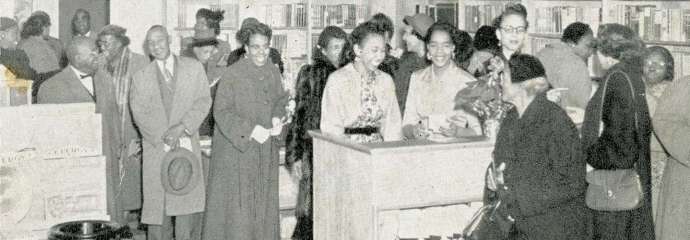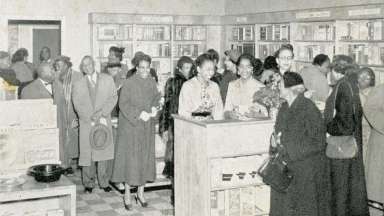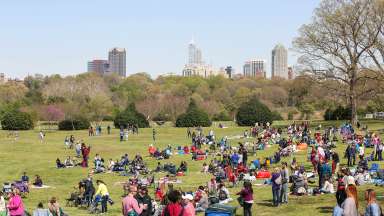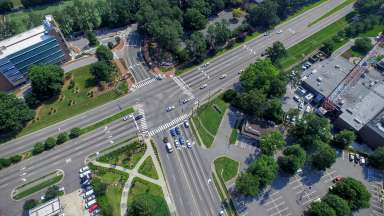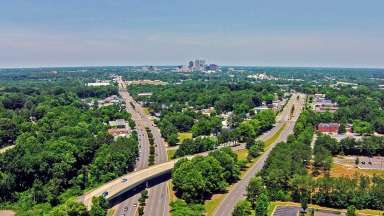Raleigh's Black Heritage and Historic Places: 1945-1975 highlighted churches, entertainment venues, Black architects and building professionals, sites important to the Civil Rights Movement, and the Biltmore Hills neighborhood. The project suggests places for listing in the National Register of Historic Places and provides recommendations for further study. View the project summary (a project overview) and final report (complete study findings).
Project Details
- Type:
-
Historic Preservation
- Date Range:
- -
- Budget:
-
40,000
- Project Lead:
-
Tania Georgiou Tully
- Contractors:
-
Mary Ruffin Hanbury
